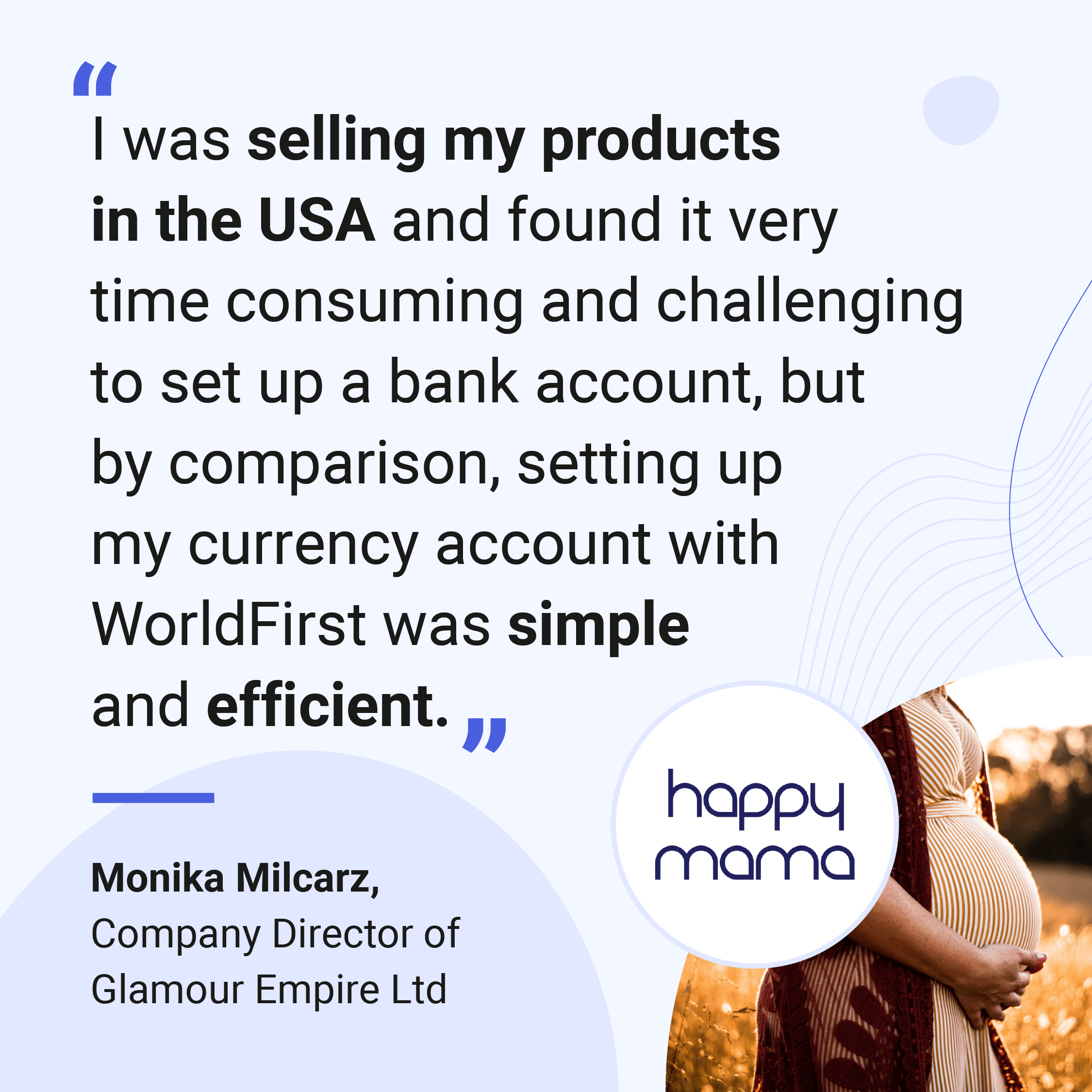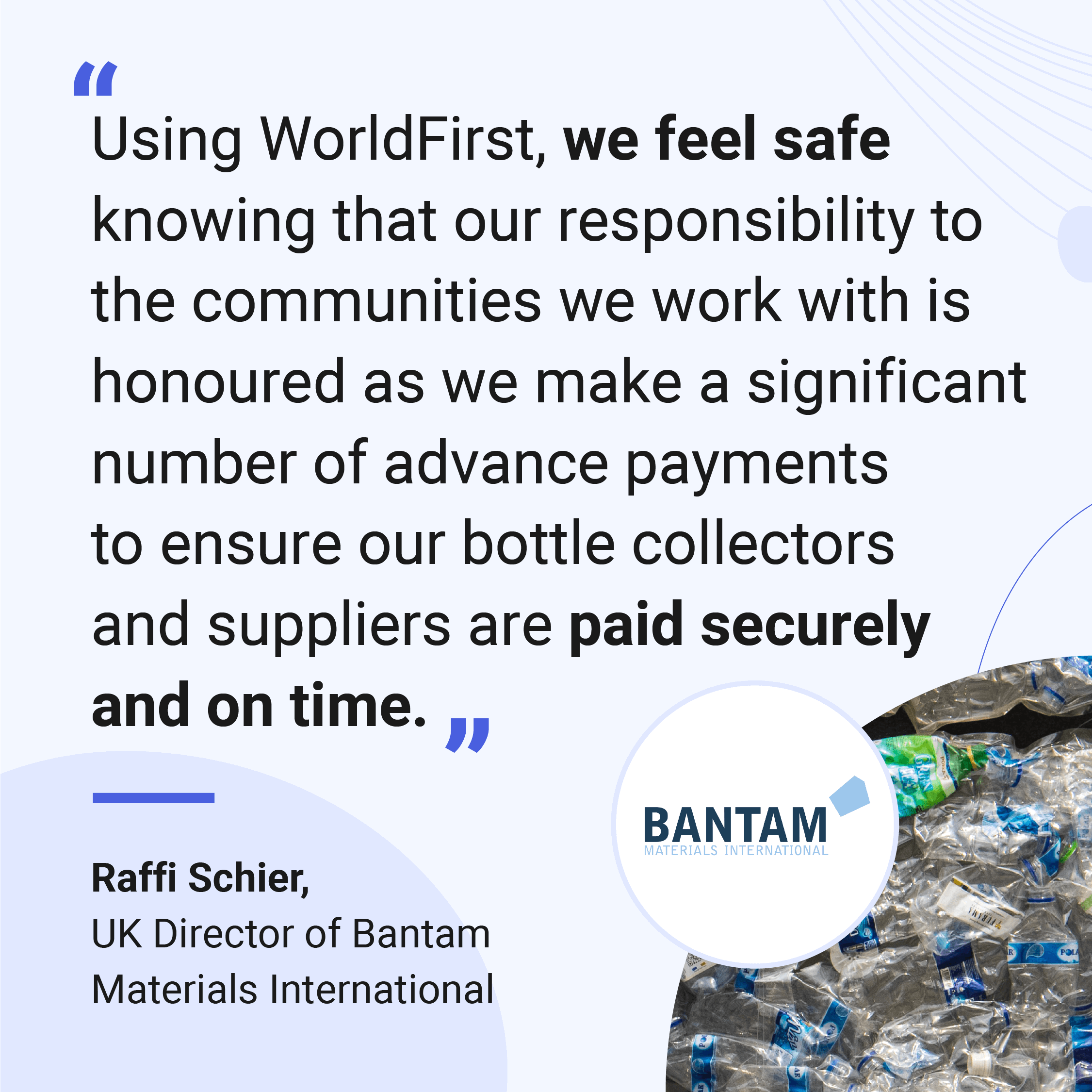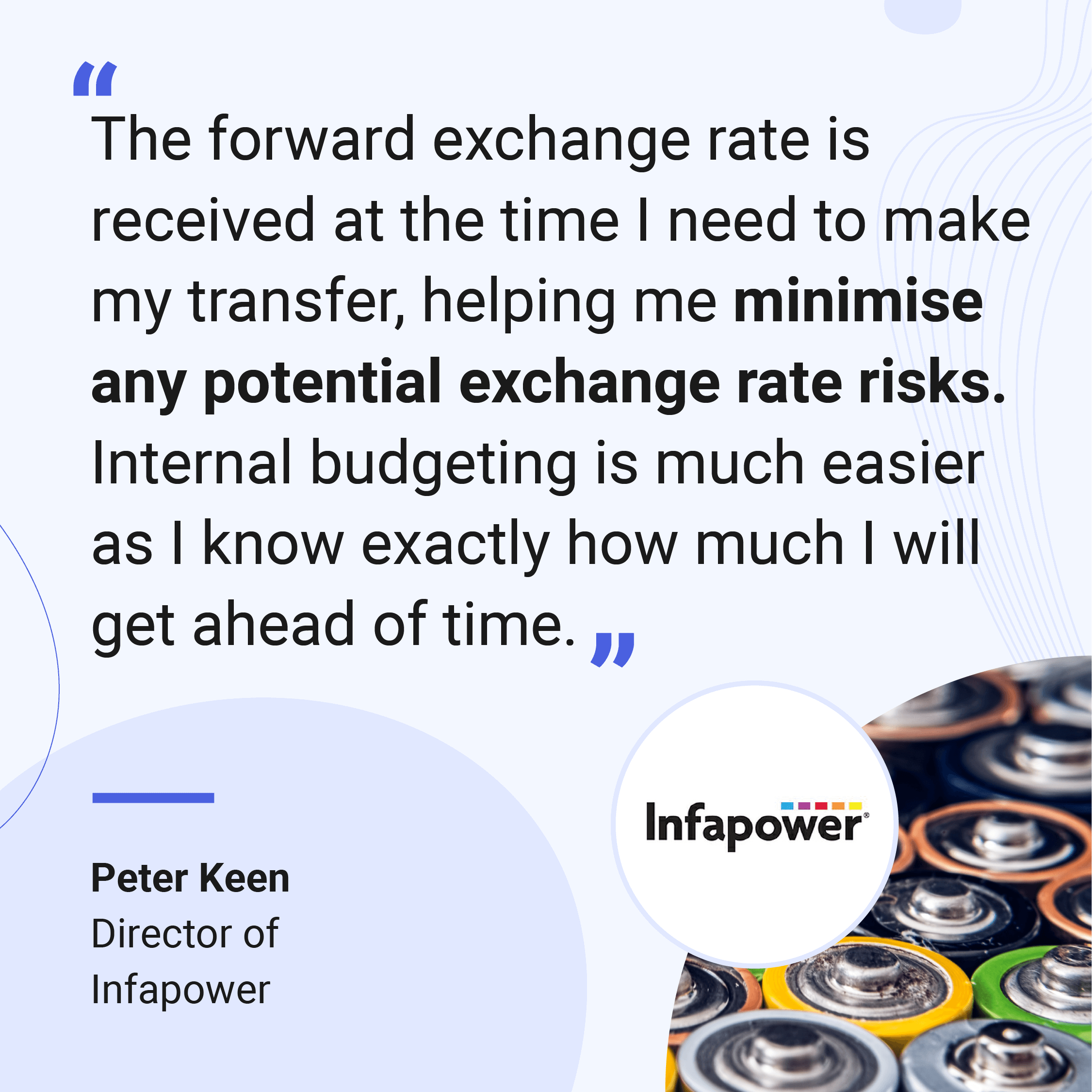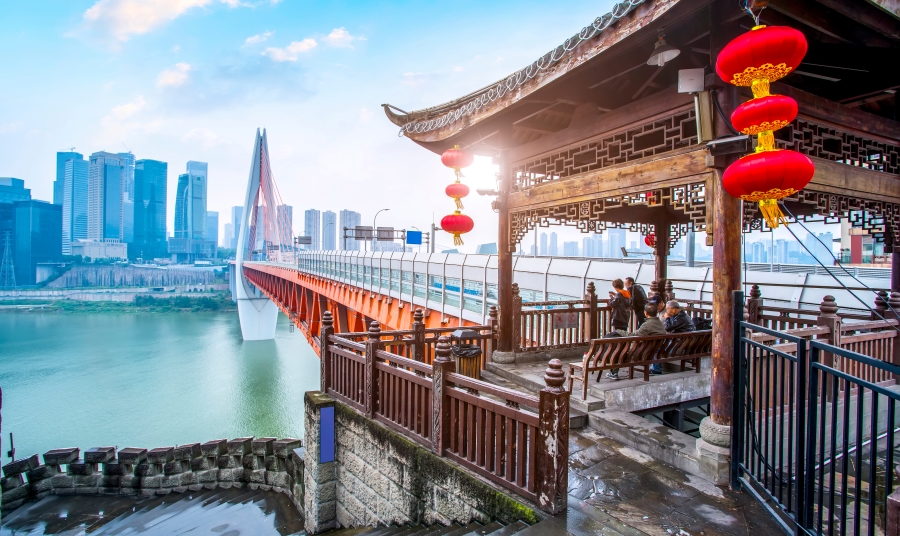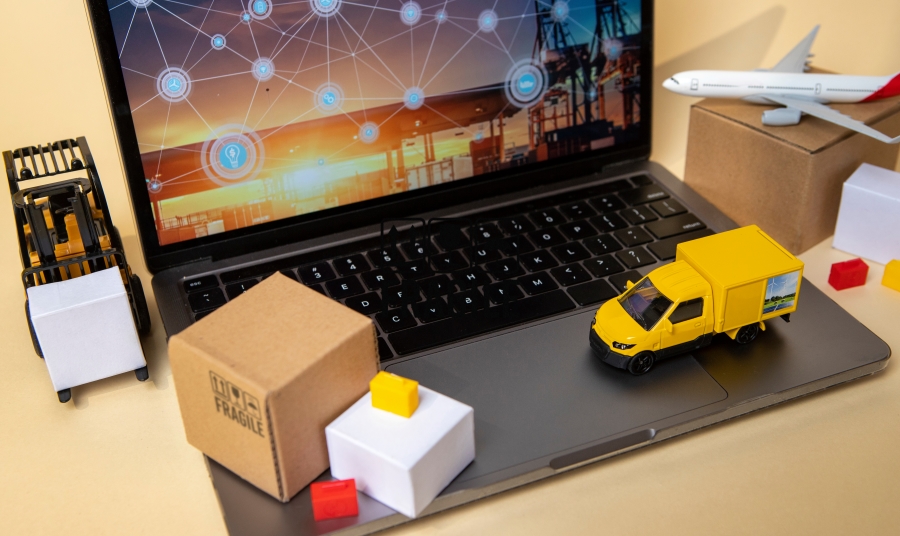
Bringing a new product to market requires a clear vision of what you want to achieve and a passion for the customers you're serving. However, you don't need the design and engineering experience of the likes of James Dyson to bring your dream product to life.
Product development novices can enlist the help of a manufacturer in China and quickly start sourcing unique goods to sell on e-commerce websites. You can choose an Original Equipment Manufacturer (OEM) or Original Design Manufacturer (ODM) and be equally happy with the results.
In this article, we'll explain the differences between OEM vs ODM and run through the processes of negotiating and procuring products from each source.
- OEM vs ODM: What's the difference?
- Pros of using OEM manufacturers in China
- Cons of using OEM manufacturers in China
- Pros of using ODM manufacturers in China
- Cons of using ODM manufacturers in China
- How to find OEM manufacturers in China
- Step one: Have your CAD files ready to go
- Step two: Optimise your search on supplier platforms
- Step three: Establish suppliers' credentials
- Step four: Order product samples
- Speed up production cycles by making direct payments to China with WorldFirst
OEM vs ODM: What's the difference?
OEM and ODM are terms that can sometimes be used interchangeably, making it difficult for those starting out in e-commerce to distinguish between them.
OEM stands for Original Equipment Manufacturer and refers to suppliers that can tailor-make products to meet your exact design specifications. In contrast, an Original Design Manufacturer can research and develop a product idea you have in mind. Both types of manufacturers can produce your goods in bulk to help you meet customer demand.
The definitions of OEM and ODM seem clear-cut, but confusion arises when it comes to products with multiple components, such as laptop computers. A laptop will contain multiple parts manufactured by OEMs but may be assembled by an ODM working to the specifications set by the client.
Another method for distinguishing between the two is pinpointing who is responsible for the product research and development (R & D). If the client is investing time and money into R & D, they will seek the services of an OEM. Alternatively, an ODM would offer R & D as part of their service offerings. The ODM would pool its experience in making similar products in the past and help the client develop their ideal product design.
Both OEMs and ODMs have their own set of pros and cons. Therefore, retail clients need to consider their needs carefully when choosing which type of supplier they wish to use.
Pros of using OEM manufacturers in China
The key advantage of an OEM is that the products you make will be unique for your brand. Additionally, OEMs have the following benefits:
- If you invest in R & D, you will have all of the design specifications you need to send to an OEM manufacturer in China. You can start the ball rolling on your production cycle relatively quickly.
- As well as OEMs making original products, OEM contracts offer exclusivity clauses for their clients. You can get your manufacturer to sign an NNN contract (an acronym for non-disclosure, non-use, and non-circumvention). Exclusivity deals ensure that no other brand can steal your designs and sell them for a lower price.
- You can add a manufacturer warranty to what you make and pass it onto your customers. If your products have defects, your rights and your customers' rights are protected.
- The mass production cycle will start when you are completely satisfied with your end product. You can conduct thorough quality control checks to ensure that you are getting exactly what you want from your product.
- With R & D completed before production, you will have a clearer idea of your production schedules and can plan your marketing accordingly.
Cons of using OEM manufacturers in China
- An initial investment in R & D could be costly and time-consuming. You also need to make sure that you can find a designer with relevant experience in your industry.
- Minimum order requirements in OEM are relatively high – you need to be sure that your product will be a hit with consumers before you go into production.
- OEM contracts can be costly and potentially cause disputes. For example, the manufacturer may need to create specialist moulds or invest in new equipment and training for their workers.
Pros of using ODM manufacturers in China
ODMs often create lines of white label goods, where retail clients can customise elements of the design to make them their own. ODMs have already gone through trial and error stages in product development, so customers can be satisfied that white label goods meet their expectations. There are also several other advantages of working with an ODM:
- If you're new to product development, using ODM manufacturers in China might be the fastest way to get your designs into production. The R & D team at the manufacturing plant will know what elements need to come together to make your products, and they can advise on manufacturing schedules.
- Minimum quantity requirements are typically lower with ODMs because they can always sell the same product designs to another company.
- You can save some money on hiring internal R & D teams.
Cons of using ODM manufacturers in China
- The ODM has intellectual property rights on the goods they make, meaning that your products won't be exclusive, and another client could sell them for a more competitive price.
- There may also be fewer opportunities to customise products and make them unique to your brand.
- Clients can get scammed by people posing as ODMs. In these instances, a scammer may take photos from a manufacturer site, accept your order, then place a separate order from a genuine manufacturer. They may then charge you a higher price or not deliver the goods.
Regardless of which manufacturing method you choose, ensuring that you always use a reputable supplier is key in bringing your product ideas to fruition
Open a World Account for free
- Open up to 15 local currency accounts, with local sort codes, account numbers and IBANs
- Collect secure payments from 130+ marketplaces, overseas buyers and payment processing gateways
- Pay suppliers, partners and staff in 40 currencies without hidden fees
- Pay and get paid easily with local bank details on your invoices
- Lock in conversion rates to manage your currency risk
How to find OEM manufacturers in China
There are OEM and ODM manufacturers worldwide, but in this article, we will run through the steps of finding a Chinese-based supplier. China is known as the world's largest manufacturing hub, and there are many sites where you can find reputable suppliers – such as Alibaba.com.
Step one: Have your Computer-Aided Design (CAD) files ready to go
You don't have to be a design expert to create your products from scratch. You can send your sketches and reference images to a Computer-Aided Design (CAD) expert on Fiverr and negotiate a price for creating your set of design files for your would-be manufacturers.
Even if you are seeking ODM manufacturers in China for an order of white label products, it is still best to have a professionally presented image of where you want your logos and customisation elements to sit on the finished product.
Step two: Optimise your search on supplier platforms
Head to Alibaba.com and begin your search for similar products in your chosen niche. The search bar will default to product type, and you will see that there could be 100,000 listings for a similar product within the marketplace. Apply the following filters to your search to help you narrow down on an OEM manufacturer:
- Supplier search: Switch the main search tab from products to lists of suppliers. You can filter this tab and search country by country.
- Trade Assurance: Check this box, as the Trade Assurance certification ensures the supplier will give you your money back if your Purchase Order is not fulfiled to the highest standards.
- Verified Supplier: Check this box, as it confirms that the suppliers have verified their ID with Alibaba.
- Supplier Online Performance Index (SOPI): Scored from one to five, the more orange diamond icons a supplier has, the more ISO certificates they own and they will have higher customer satisfaction ratings. An ISO qualification ensures that a business meets a specific set of quality standards. There are 9000 ISO-certified standards an organisation can apply for. Make a list of your desired ISO certifications before approaching OEM manufacturers in China. For instance, if you want your supplier to maintain good environmental or working condition standards, you can check they carry a corresponding ISO code from this list.
Once you have filtered through the suppliers, collect a list of company names you would like to investigate further. You will next need to verify their information and check if they are a good fit for your project.
Step three: Establish suppliers' credentials
Chinese manufacturer names are carefully structured to represent their business practices and location:
- The first part of their title will be their location in mainland China. Ideally, you would look for a company located in one of the five coastal regions of China. Factories closer to the coast may charge lower shipping fees.
- The second part of their company name will be the main differentiator from their competition and does not reflect any pertinent information about their business.
- The third part of the name will refer to their primary fabrications –– 'plastics,' for instance. You can also check out the main areas of manufacture in their Alibaba listing. The more niche their product line, the more expertise they can offer you in your product design.
The supplier listing will also show if the supplier is a manufacturer, trading company, or both. A trading company title will show that they have the correct documentation to export goods overseas. Don't be put off if the manufacturer isn't listed as a trading company; you can approach a third-party trading company to help you obtain the legal rights to export goods (for a cost).
A Chinese supplier agency can also help you verify export and business licences, and they can put you in touch with freight insurers to make sure your products get to you in one piece. If you are a beginner, it's highly recommended you use a manufacturing liaison in China to make sure you get your first production run right.
At this point in your search, you can start narrowing down a shortlist of companies and email them directly through the platform to gain more information.
You will want to find out:
- Their address: Check they're located at a factory site and not an office building in a city. You can also see photos of their manufacturing plant on their Alibaba listing. If you are unsure, you can ask to see if they will show you the factory floor via video call.
- Previous customers: Obtaining information on former clients could benefit you. If you see that they have worked with a major retailer in the recent past, you will get a good indication that they are efficient in running large-scale operations for a low cost. It may also indicate that the company has some influence over the cost of raw materials and may be able to get you a better deal.
- Minimum Order Quantity (MOQ): Find out the unit price and the minimum order quantity in your negotiations. You'll want to balance your expectations of how many units you can sell with your desire to obtain the lowest price. In most cases, the more units you order, the cheaper the manufacturing cost.
In some cases, your application may be rejected by a more prominent manufacturer. Don't be put off if this happens to you; the supplier may have a full production schedule, and you can always find a smaller company that can offer you the same options for customisation.
Step four: Order product samples
Send your CAD files and place a purchase order when you are ready. Ask if the supplier can send product samples before signing off on a full production run. Once you are happy with the samples, put your approval in writing and keep one sample back as a control prototype. Check all future orders against the approved sample to ensure product quality.
You'll need to check 100% of the shipment in your first order to make sure that all products match your design specifications. However, provided they sell well and you keep placing orders, you may not need to inspect every item over time. You could, for instance, check 10% of each future shipment.
Speed up production cycles by making direct payments to China with WorldFirst
Building a solid business relationship with your OEM or ODM starts with making fast and reliable payments with a globally recognised payment gateway. With WorldFirst, you can send your suppliers funds in their preferred currency and access any early invoice payment discounts they may offer.
If you meet WorldFirst's extended cut-off deadlines, you can send same-day or next-day payments to your Chinese manufacturers. So, you can plan your product research and development budgets more efficiently.

Businesses like yours trust WorldFirst
- Almost 1,000,000 businesses have sent $150B around the world with WorldFirst and its partner brands since 2004
- Your money is safeguarded with leading financial institutions
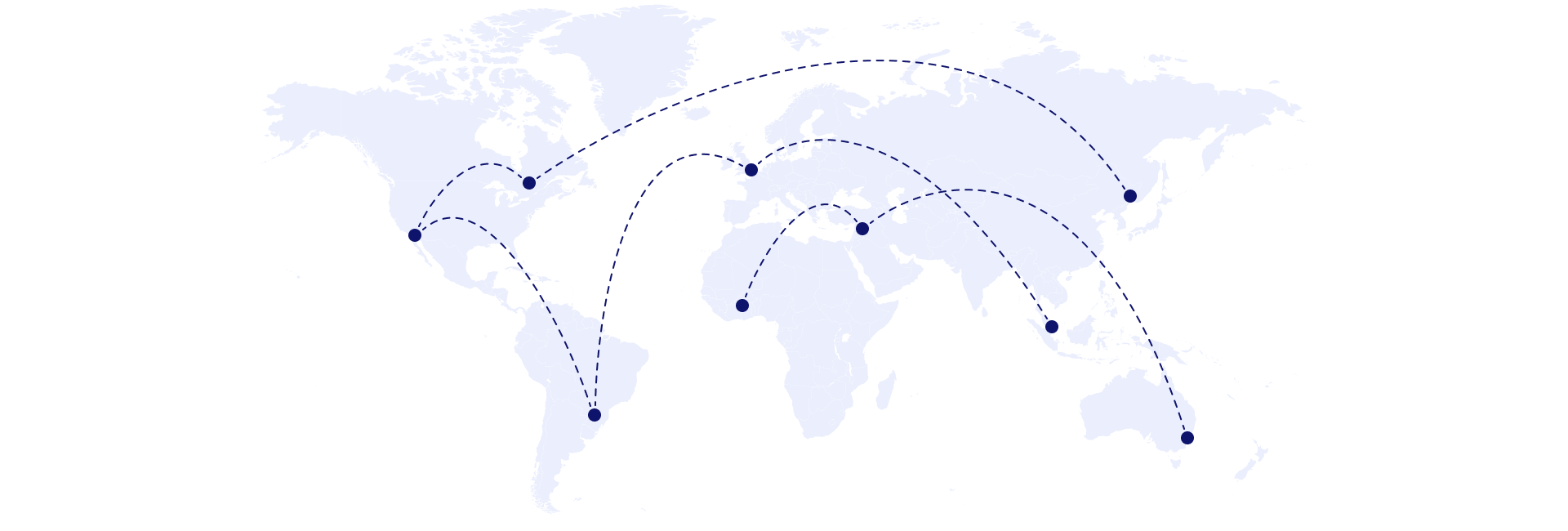
What our customers say about our services
